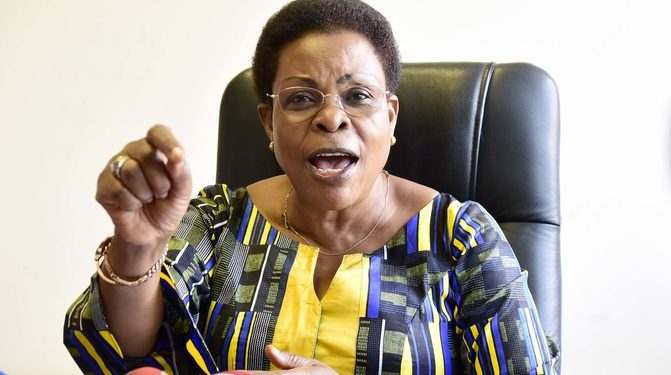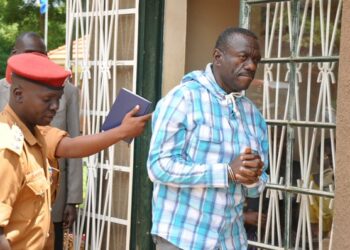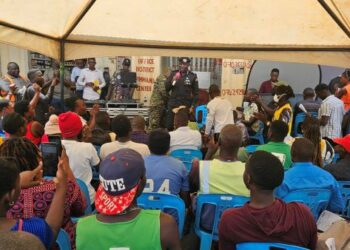Corruption in Uganda is characterized by grand-scale theft of public funds which is being orchestrated by public servants at all levels of society as well as widespread political patronage systems.
Ever since Uganda attained independence in 1962, corruption has been on an increase.
According to the Inspector of government (IGG) Beti Kamya, corruption in Uganda is shooting higher with the country losing Shs10 trillion ($2.8 billion) in the year 2021 alone.
However, recent studies done by several organizations such as the Alliance for Finance Monitoring (ACFIM) and Afro Barometer have revealed that Procurement is one of the main avenues that corrupt government officials use to siphon taxpayers’ money into their pockets.
In 1999, the government came up with a procurement reform program that lead to the birth of the Public Procurement and Disposal of Public Assets Act, 2003 (PPDAA). The creation of these reforms was to ensure and enforce efficiency and effectiveness in service delivery hence promoting a corruption-free procurement system however despite these creations, Uganda is droning in the ocean of corruption at a terrible speed through procurement.
Some of the objectives of these procurement reforms in local governments were: To promote economy and efficiency in procurement and disposal, to ensure that public procurement is conducted in a fair transparent and non-discriminatory manner to obtain value for money, to contribute to the creation of a sound business climate in Uganda and to enhance the decentralization policy.
The same act also gives authority to the Chief Administrative Officer (CAO) and local councillors to monitor services delivery however, it’s so disturbing that the same channel that was designed to curb corruption is now the greatest medium that facilitates it.
In his recent survey done by the state minister for Economic Monitoring Peter Ogwang, lots of corruption cases were disclosed in government procurements across the country. This was evidenced by countless cases of poor implementation of government projects intended to bring services closer to the people.
One of the projects that shocked him, is that the construction of Katasenywa health centre II in the Nyangahya division where the government injected 490 million shillings but the minister revealed that there was no value for money.
Currently, the present preliminary reports of the investigations have shown that corruption in procurement starts with kickbacks which probably start from the central government. Although there biding to award tenders to the constructor who is worthy, because of corruption tenders are awarded to those who pay kickbacks at the local government level even at the central. Therefore, negligence of the duties by the supervisors (councillors and CAOs) who are supposed to monitor and ensure good work is intentional.
Other media reports revealed that during his monitoring visit to Buwenge hospital, Jinja district, some of the residents frankly said that procurement officers connive with the contractors and inflate figures, which they in turn pocket.
The minister’s countrywide visits have revealed that the procurement process at the district level is rotten. Reports have shown that public procurement and awarding of tenders are the most-used channel for political corruption in Uganda.
At the beginning of this year, the Prime Minister Robinah Nabbanja was shocked when substandard relief food and blankets were delivered in her presence to the Kasese people who had been hit by the floods.
Despite the creations of the State House Anti-corruption unit and the IGG, there is still a big valley of fear by both of these anti-corruption agencies to tackle the real source of corruption because the racket is full of the so-called untouchables.
Do you have a story in your community or an opinion to share with us: Email us at editorial@watchdoguganda.com













